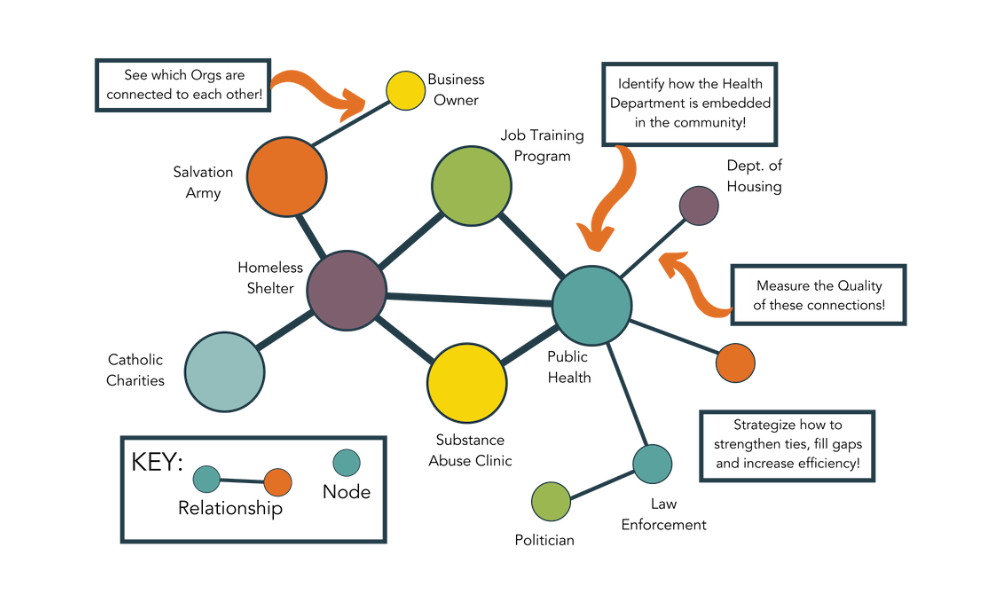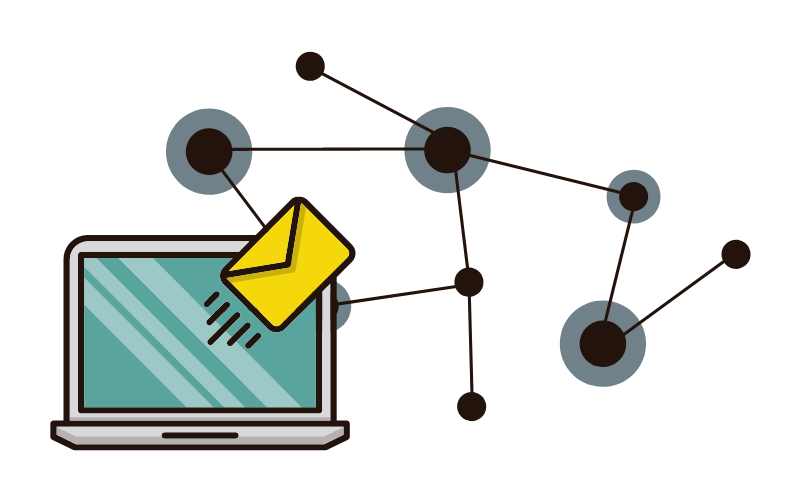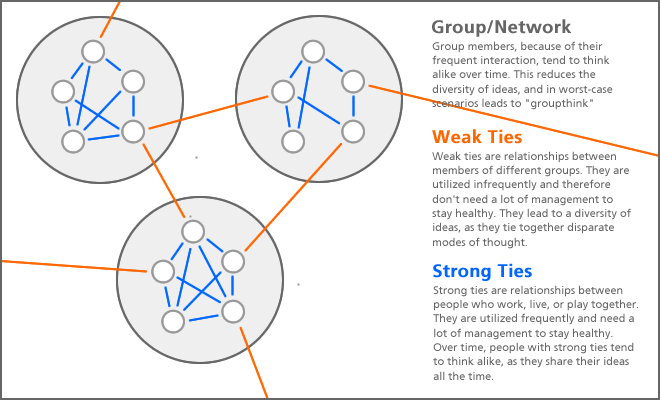Social Network Analysis (SNA) is an interdisciplinary scientific method that leverages theories from sociology, mathematics, statistics, and computer science. This approach examines social structures through networks and graphs by mapping relationships and flows between individuals, groups, organizations, and other interconnected entities. The goal of SNA is to uncover patterns and implications of these relationships, offering profound insights into the dynamics of social interactions.

Early Beginnings and Theoretical Foundations
The conceptual underpinnings of SNA can be traced back to the early 20th century. One of the earliest and most influential works was by the sociologist Georg Simmel, who explored the quantitative aspects of social groups and the impact of group sizes on interactions in the late 1800s. However, the formal introduction of systematic social network analysis began with the works of Jacob Moreno in the 1930s.
Moreno, a psychiatrist and sociologist, introduced sociometry, which aimed to map the structures of social relationships within groups and was pivotal in the development of network theory. His techniques laid the groundwork for later sociometric analysis, which included the use of matrices and network diagrams to represent social ties.

Get our monthly newsletter with resources for cross-sector collaboration, VNL recommended reading, and upcoming opportunities for engaged in the “network way of working.”
Methodological Advances and Key Theories
Throughout the mid-20th century, significant methodological advancements occurred. Psychologist Stanley Milgram’s small-world experiment in the 1960s, for instance, introduced the concept of “six degrees of separation,” underscoring the interconnected nature of social networks. In the 1970s and 1980s, Mark Granovetter’s work on “The Strength of Weak Ties” revealed how acquaintances (as opposed to close friends) are more likely to offer new opportunities and insights, thus playing a crucial role in spreading information across social networks.
The development of mathematical models and metrics such as centrality, clustering coefficient, and betweenness centrality also became fundamental in analyzing network data. These metrics help identify influential individuals in networks, the robustness of connections, and the efficiency of information flow within the network.

Technological Evolution and SNA
The rise of digital technology and the internet in the late 20th and early 21st centuries provided a significant boost to SNA. The availability of large digital datasets and the development of sophisticated computational techniques enabled researchers to analyze complex and large-scale networks.
This era also saw the introduction of software tools that could visualize and model network data, making SNA accessible to a wider range of disciplines and industries.
Contemporary Applications and Impact
Today, SNA is integral to many fields. In public health, for instance, SNA is used to study the spread of infectious diseases and the social determinants of health behaviors. In economics, networks are analyzed to understand market dynamics and the impact of social networks on economic outcomes.
Furthermore, SNA plays a crucial role in cybersecurity and international security, where it helps map and analyze complex data flows to detect patterns of attacks or breaches, and detect terror cells based on the flow of information and resources.
Integration in Visible Network Labs' Offerings

At Visible Network Labs, SNA forms the backbone of our innovative tools, such as PARTNER CPRM, which empowers organizations to map, analyze, and leverage their community connections. Developed from decades of academic research and field applications, PARTNER CPRM harnesses the power of network science to provide actionable insights into the dynamics of community partnerships.
This tool is instrumental for organizations working in public health, philanthropy, and community development, helping them to visualize relationships, analyze interaction quality, and track changes over time to optimize their collaborative efforts.
History of Social Network Analysis: Now You Know!
Social network analysis has evolved from theoretical sociological studies to a vital tool across various domains, driven by advances in mathematics, technology, and a growing understanding of its applications. As we continue to live in an increasingly networked world, the insights from SNA will be crucial in navigating complex social, economic, and technological challenges.
At Visible Network Labs, we remain committed to advancing this field by developing tools that enable our partners to achieve impactful social outcomes through strategic network engagement.






